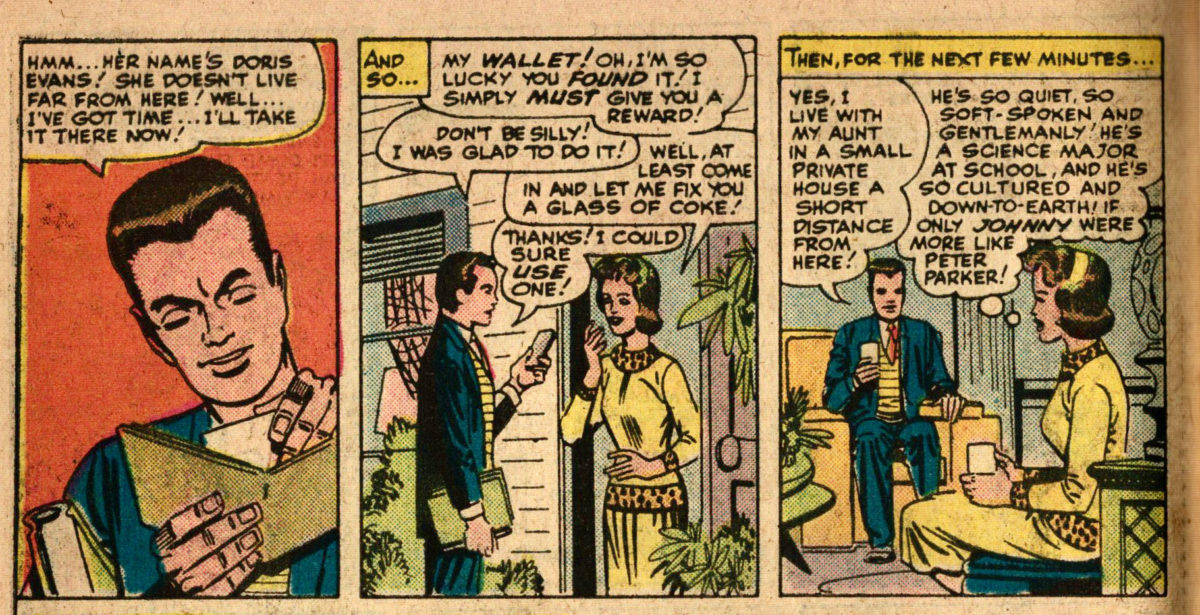Featuring: Captain America
Release: September 9, 1965
Cover: December 1966
12 cents
Stan Lee, sultan of script!
Jack Kirby, lord of layout!
George Tuska, archduke of art!
Sam Rosen, tired of lettering!
10 pages
| Previous | #450 | Next |
|---|---|---|
| Captain Atom #78 | INTERLUDE | |
| Amazing Spider-Man #33 | Reading order | Tales of Suspense #73 |
| Tales of Suspense #72 | Tales of Suspense | Tales of Suspense #73 |
You’re too late! You can’t… threaten me… now! There are three sleepers… and… when they awake… the Third Reich will rise again!
The story’s title is, “The Sleeper Shall Awake!”
Coincidentally the exact thing my cat says to me every morning when she wants breakfast.
While I would prefer to read whole comics at once, we read the first half of the issue a little bit earlier, because the Captain America and Iron Man stories of this issue align differently with the Avengers series.
This marks a turning point in Captain America’s adventures, as we’d spent the last several issues focused on Captain America’s adventures in World War II, which don’t create any editorial headaches regarding continuity with Cap’s appearances in Avengers. But now Stan claims readers have demanded modern Cap stories.
So we jump back to the present and see Cap relating the Greymoor Castle saga of last issue to the Avengers. They even answer some plot questions about the story.

Bewilderingly, Hawkeye did not know Bucky was dead.

And then is quite insensitive about it. “It happened more than 20 years ago!” Two notes. It was less than 20 years. Captain America slept for most of those.
Continue reading “Tales of Suspense #72, Story B”



































